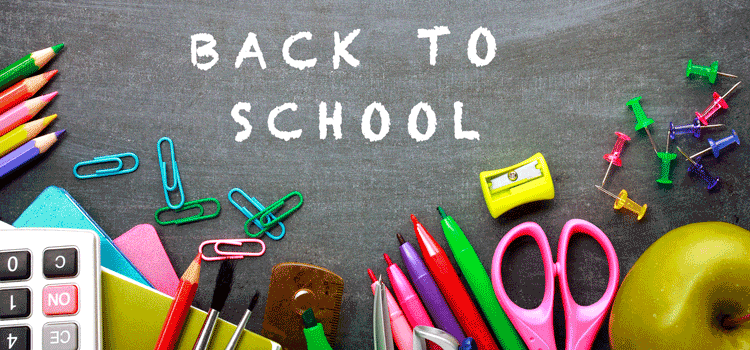Controversial Topics: How to Approach Them in the ESL Classroom
by James Ekins
Every one of us has at one time, in the classroom or outside of it, felt that sinking feeling – somebody in the group says a controversial topic, and that point is met by a wall of uncomfortable silence. Or worse, by a thunder of bristled opposition. Discussing hot-button issues can often be tricky, but it is important not to skirt away from ...








